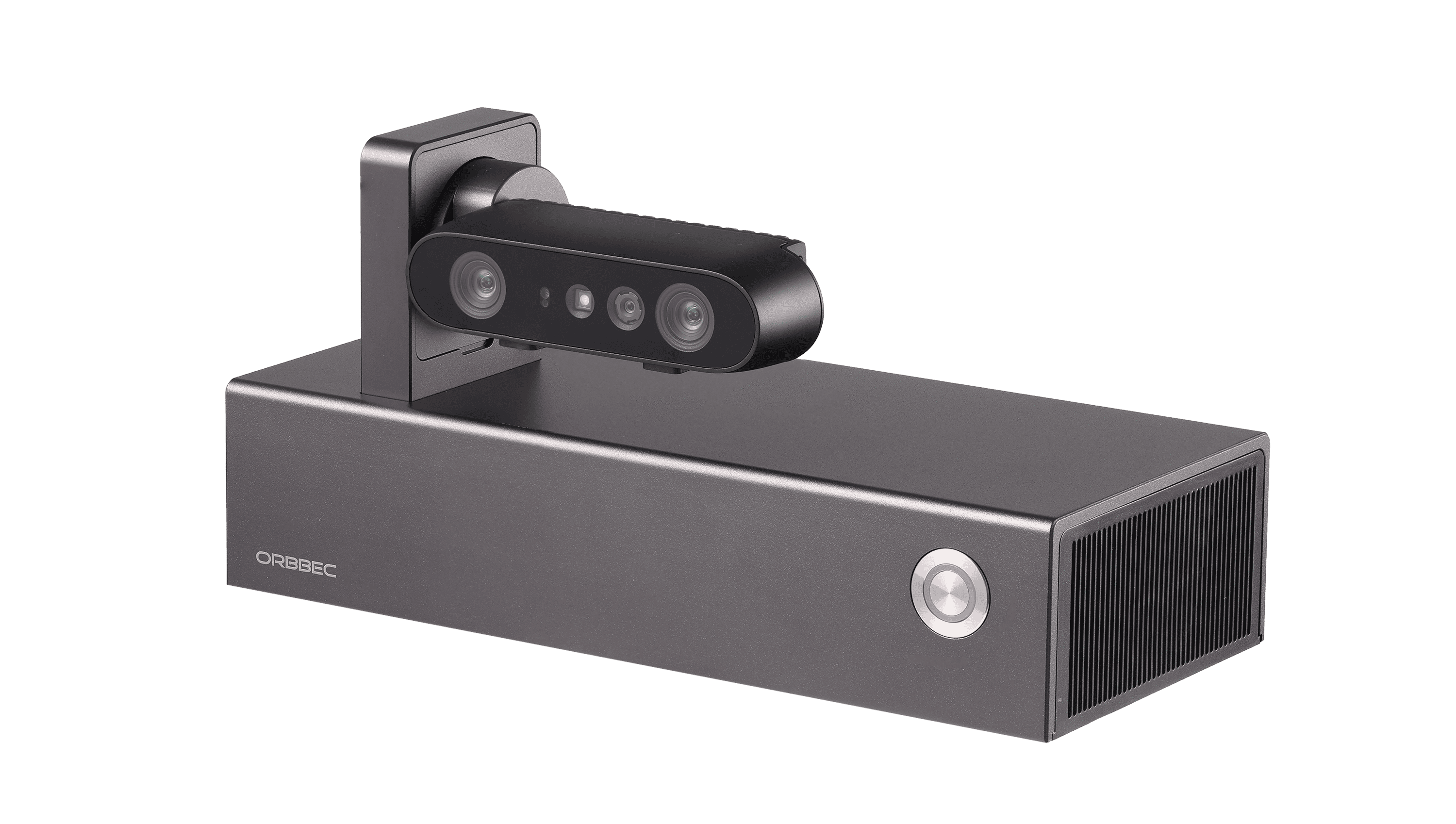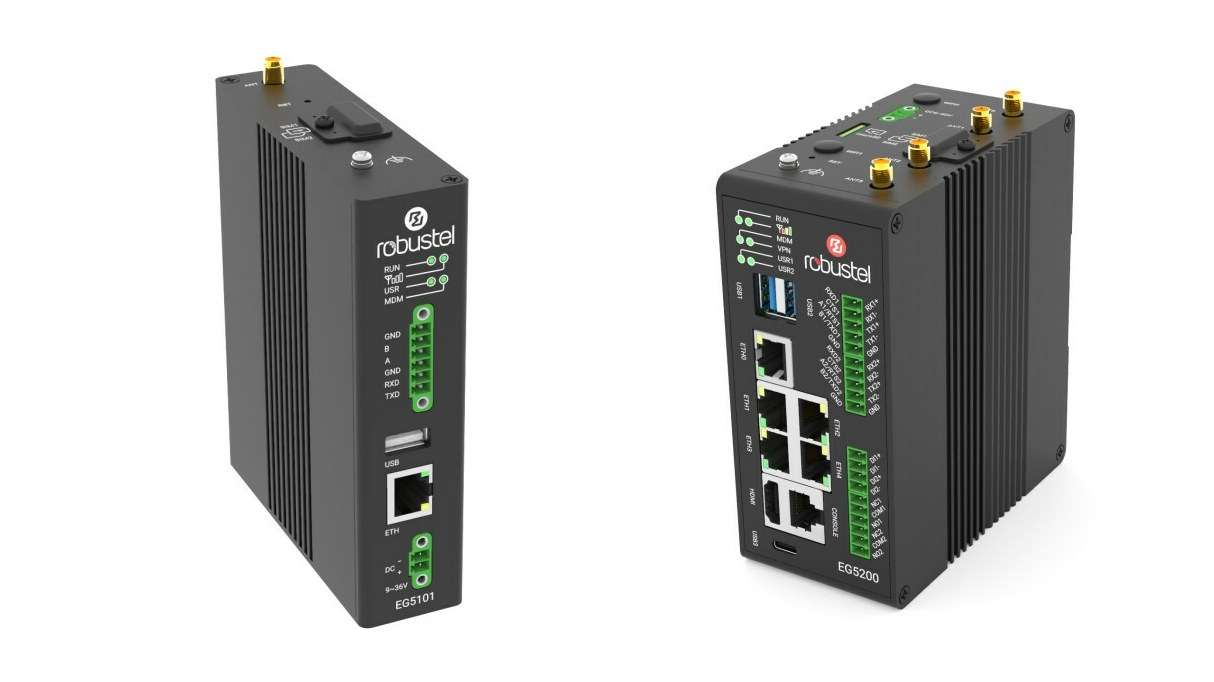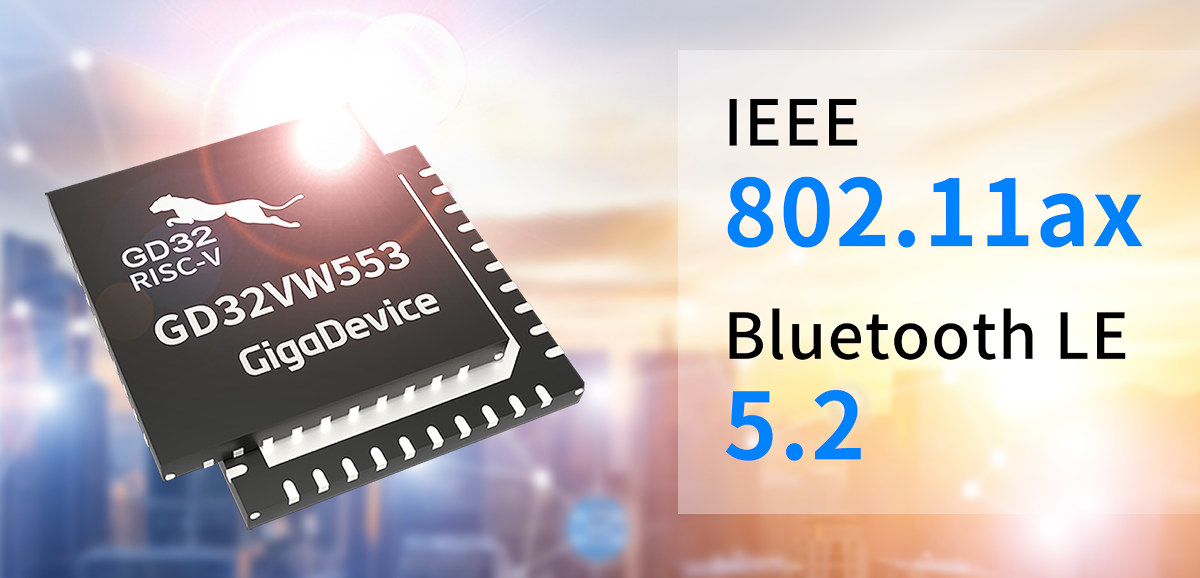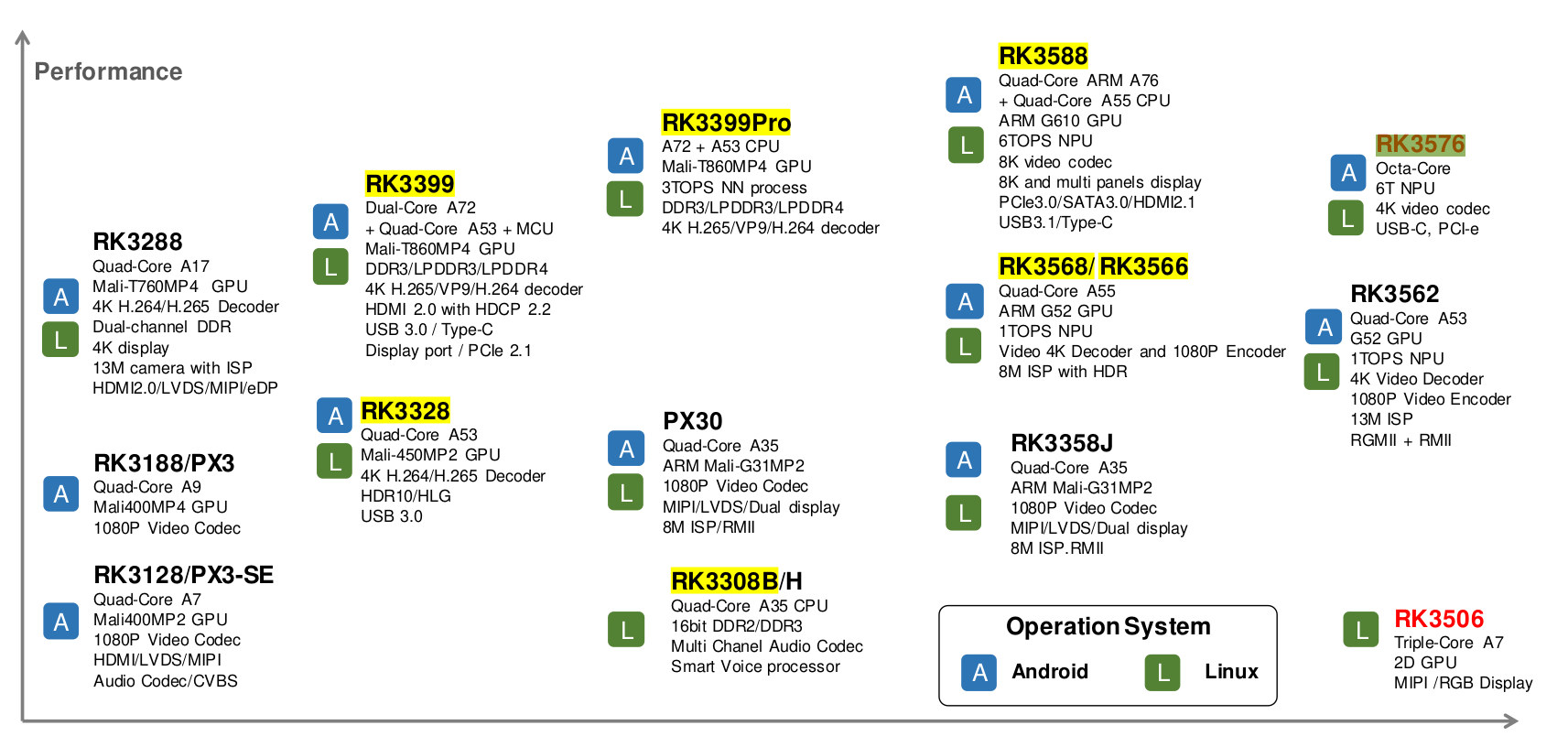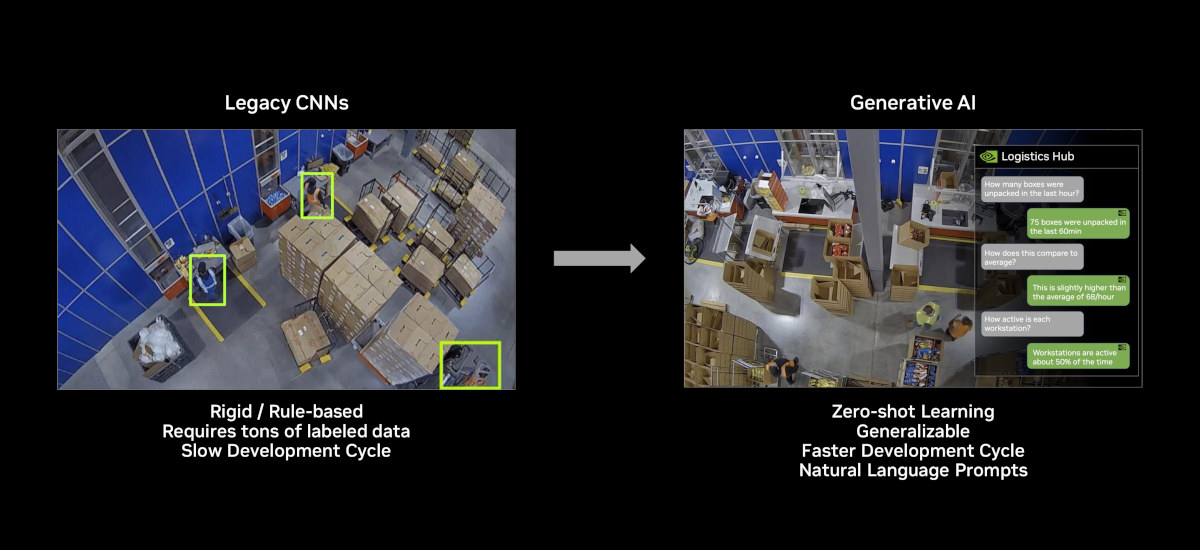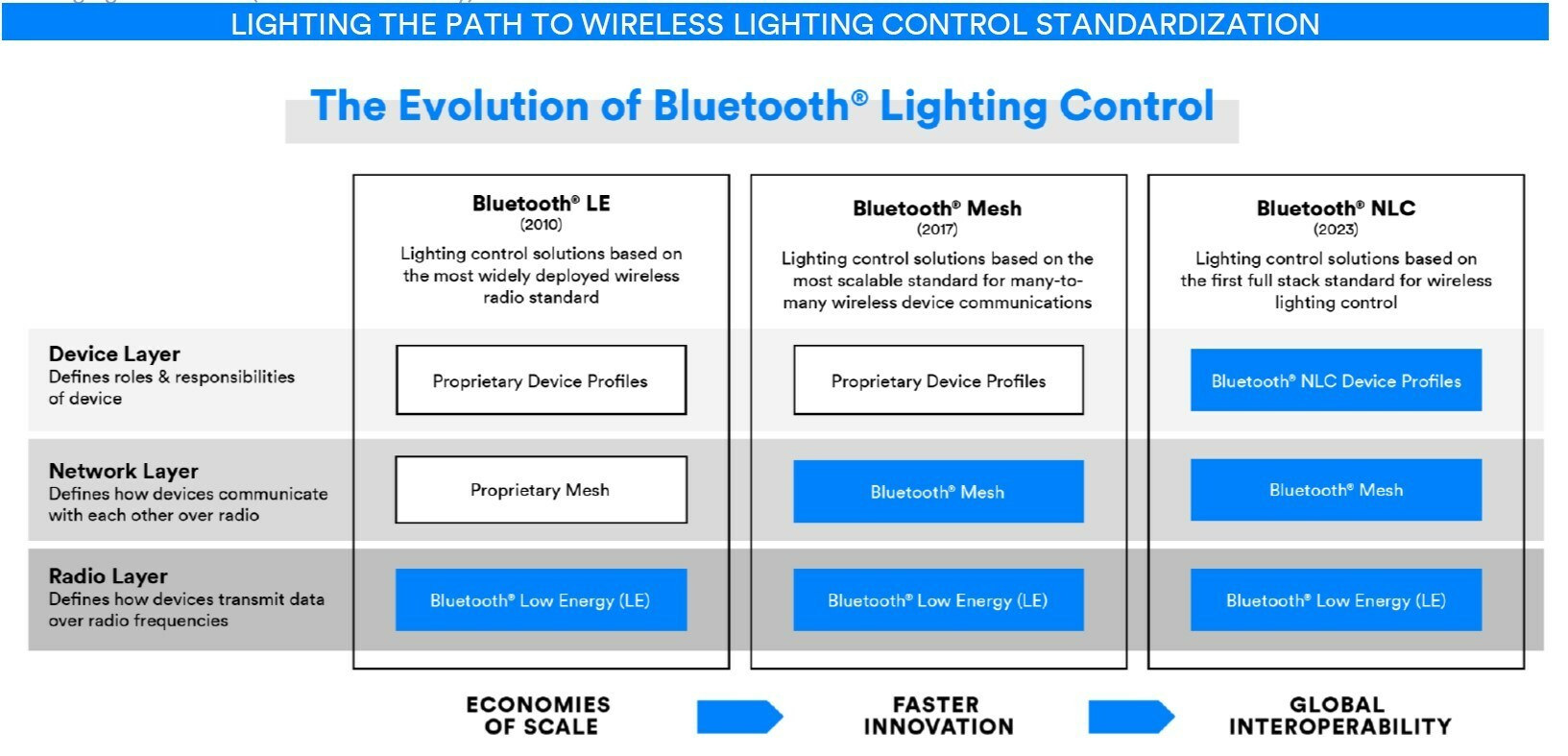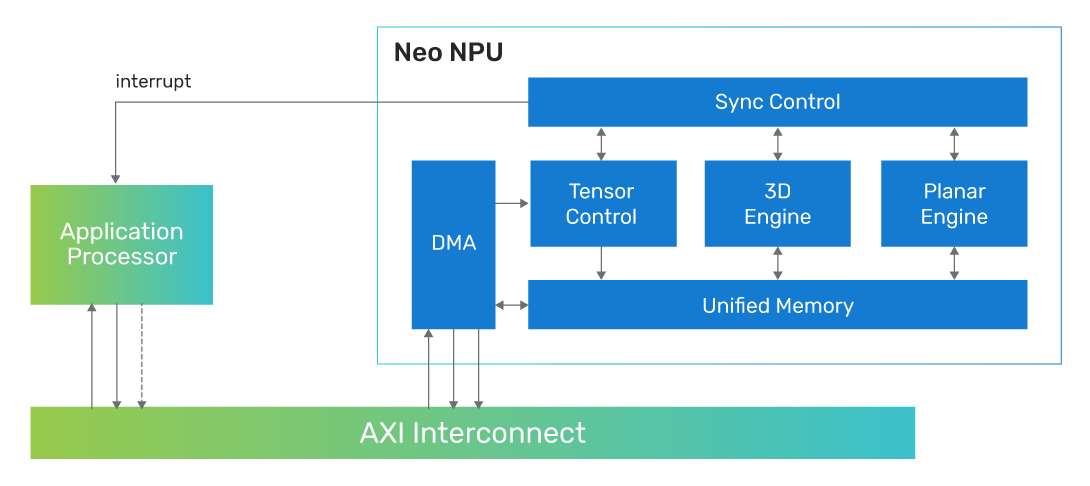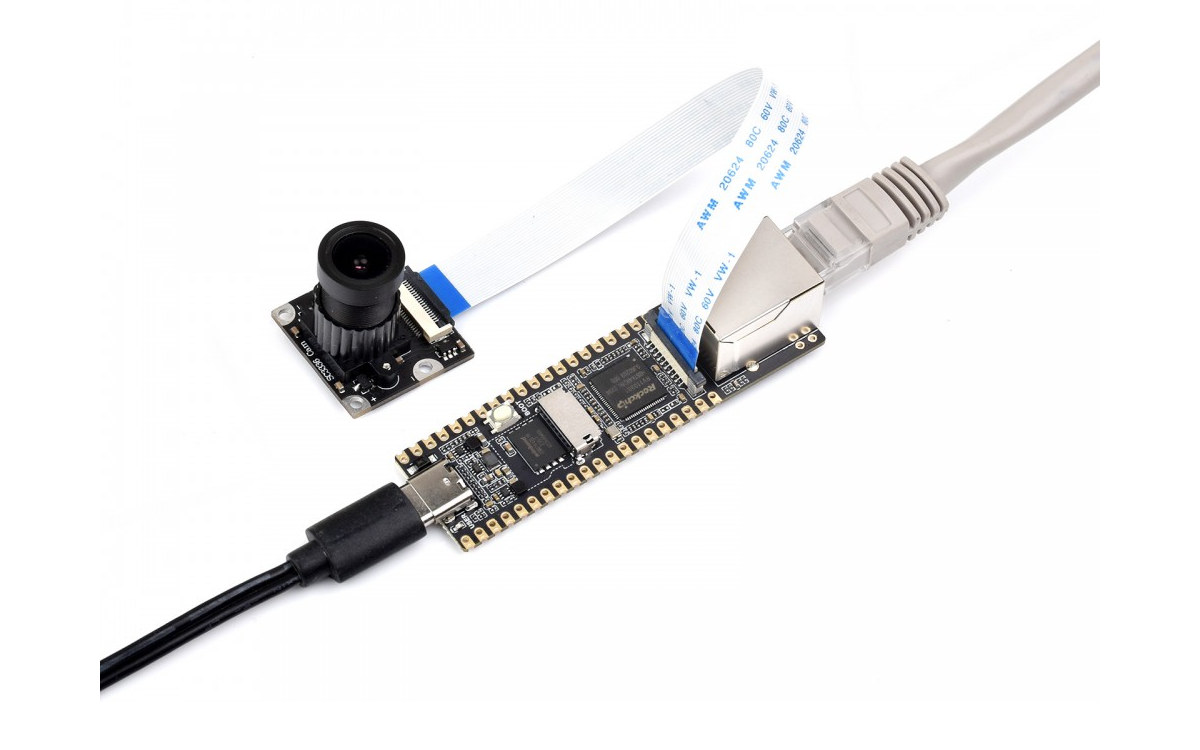The Persee N1 is a modular camera-computer kit recently launched by 3D camera manufacturer, Orbbec. Not too long ago, we covered their 3D depth and RGB USB-C camera, the Femto Bolt. The Persee N1 was designed for 3D computer vision applications and is built on the Nvidia Jetson platform. It combines the quad-core processor of the Jetson Nano with the imaging capabilities of a stereo-vision camera. The Jetson Nano’s impressive GPU makes it particularly appropriate for edge machine learning and AI projects. The company also offers the Femto Mega, an advanced and more expensive alternative that uses the same Jetson Nano SoM. The Persee N1 camera-computer also features official support for the open-source computer vision library, OpenCV. The camera is suited for indoor and semi-outdoor operation and uses a custom application-specific integrated circuit (ASIC) for enhanced depth processing. It also provides advanced features like multi-camera synchronization and IMU (inertial measurement […]
Robustel introduces EG5101 and EG5200 Debian 11 industrial IoT gateways with 4G LTE cellular connectivity
Robustel introduced the EG5101 and EG5200 industrial IoT gateways running Debian 11 a few weeks ago, both with 4G LTE cellular connectivity, but the NXP i.MX 6ULL-based EG5101 has a more compact design, while the NXP i.MX 8M Plus-powered EG5200 provides more I/Os and resources. Expanding the earlier EG5100, EG5120, and LG5100 models from the company, the two edge computing gateways target Industry 4.0 and smart infrastructure applications and enable real-time analytics at the edge with lower latency than running workloads in the cloud. Robustel EG5101 and EG5200 SoC/Memory/Storage EG5101 NXP i.MX 6ULL Cortex-A7 32-bit processor @ 792 MHz 512MB to 1024MB DDR3 8GB eMMC flash EG5200 NXP i.MX 8M Plus quad-core Cortex-A53 64-bit processor @ 1.6 GHz with 2.3 TOPS NPU 4GB DDR4 32GB eMMC flash, microSD card socket Connectivity EG5101 1x 10/100 Mbps Ethernet port 4G LTE with 1x SMA-K antenna connector, 2x Mini SIM (2FF) EG5200 5x […]
Gigadevice GD32VW553 RISC-V microcontroller supports WiFi 6 and Bluetooth 5.2 LE
Gigadevice GD32VW553 is a new 160MHz RISC-V microcontroller for IoT applications with support for WiFi 6 (802.11ax) and Bluetooth 5.2 Low Energy (LE) and available in QFN32 and QFN40 packages with up to 28 GPIOs. As an IoT chip, the chip supports various power modes and target wake time (TWT) for low power consumption, as well as WiFi features such as WPA3 and WiFi direct, while the radio can handle Bluetooth 5.2 LE bit rates of up to 2 Mbps and support the Long Range mode. Gigadevice GD32VW553 specifications: MCU core – 32-bit Nuclei N307 RISC-V core @ up to 160 MHz with RV32I / M / A / F / D / C / P / B instruction extensions Memory – 320KB SRAM Storage – 2048KB or 4096KB flash Wireless WiFI 6 802.11b/g/n/ax HT20 up to 114.7Mbps 802.11e QoS Enhancement (WMM). 802.11i (WPA, WPA2, WPA3). Open, shared key, and […]
Rockchip roadmap reveals RK3576 and RK3506 IoT processors, Linux 6.1 SDK
The Rockchip RK3588 processor may remain the most powerful processor from the company for a while as an updated Rockchip IoT processor roadmap reveals the new RK3576 octa-core SoC and RK3506 tri-core Cortex-A7 chip, as well as a Linux 6.1 SDK to be released in Q4 2023. With the limited information we have, the Rockchip RK3576 looks to be a cost-down version of the RK3588 processor with eight cores, a 6 TOPS NPU, a 4K video codec, as well as PCIe and USB-C interfaces. Strangely the Rockchip RK3582 that should serve a similar purpose is not showing up in the roadmap. [Update: The RK3576 is indeed a lower-cost SoC but features four Cortex-A72 and four Cortex-A53 cores instead as per the comparison table reproduced below: That also means we now have the RK3576 specifications (some obtained from another document too): CPU Octa-core Arm processor with 4x Cortex-A72 cores at 2.2 […]
Generative AI on NVIDIA Jetson Orin, Jetpack 6 SDK to support multiple OSes
NVIDIA has had several announcements at ROSCon 2023 related to robotics & embedded with highlights including generative AI on the NVIDIA Jetson Orin module and the Jetpack 6 SDK will be released next month (November 2023) with supports for Ubuntu as usual, but also other operating systems and platforms such as Debian, Yocto, Wind River, Redhawk RTOS, and Balena. Generative AI on NVIDIA Jetson Orin There’s been a lot of hype in the last year about generative AI thanks to services such as ChatGPT, Google Bard, or Microsoft Bing Chat. But those rely on closed-source software that runs on powerful servers in the cloud. As we noted in our article about the “AI in a box” offline LLM solution there are some open-source projects such as Whisper speech-to-text model and Llama2 language models that could be run on embedded hardware at the edge, but as noted by some readers platforms […]
Bluetooth NLC (Networked Lighting Control) fully standardizes Bluetooth light bulbs
Bluetooth NLC (Networked Lighting Control) is a full-stack standard for wireless lighting control from the Bluetooth SIG that will enable multi-vendor interoperability, improve ease of deployment, and offer greater scalability. Bluetooth light bulbs have been around for many years, at first using Bluetooth LE (Radio Layer) and then adding Bluetooth Mesh (Network Layer) to the mix, but there were always some proprietary bits to the software stack, and Bluetooth NLC removes all those with a complete standard for lighting control that further adds Device Profiles specific to his use case. Bluetooth NLC still relies on Bluetooth Low Energy and Bluetooth Mesh, but adds the following NLC Device Profiles at the Device Layer defining the requirements for a range of devices/features: Ambient Light Sensor Basic Lightness Controller Basic Scene Selector Dimming Control Energy Monitor Occupancy Sensor You’ll find the specifications for each profile on the Bluetooth website. While the announcement was […]
Cadence Neo NPU IP scales from 8 GOPS to 80 TOPS
Cadence Neo NPU (Neural Processing Unit) IP delivers 8 GOPS to 80 TOPS in single core configuration and can be scaled to multicore configuration for hundreds of TOPS. The company says the Neo NPUs deliver high AI performance and energy efficiency for optimal PPA (Power, Performance, Area) and cost points for next-generation AI SoCs for intelligent sensors, IoT, audio/vision, hearables/wearables, mobile vision/voice AI, AR/VR and ADAS. Some highlights of the new Neo NPU IP include: Scalability – Single-core solution is scalable from 8 GOPS to 80 TOPS, with further extension to hundreds of TOPS with multicore Supports 256 to 32K MACs per cycle to allow SoC architects to meet power, performance, and area (PPA) tradeoffs Works with DSPs, general-purpose microcontrollers, and application processors Support for Int4, Int8, Int16, and FP16 data types for CNN, RNN and transformer-based networks. Up to 20x higher performance than the first-generation Cadence AI IP, with […]
LuckFox Pico Rockchip RV1103 Cortex-A7/RISC-V camera board comes with an optional Ethernet port
LuckFox Pico is a small Linux camera board based on the Rockchip RV1103 Cortex-A7 and RISC-V AI camera SoC and offered with an Ethernet port in a longer version of the PCB called LuckFox Pico Plus. Both models come with 64MB RAM (apparently embedded in RV1103), a microSD card slot for storage, a MIPI CSI camera connector, a USB Type-C port for power, and a few through holes for expansion through GPIO, I2C, UART, and so on. LuckFox Pico and Pico Plus specifications: SoC – Rockchip RV1103 with Arm Cortex-A7 processor @ 1.2GHz, RISC-V core, 64MB DDR2, 0.8 TOPS NPU, 4M @ 30 fps USP Storage MicroSD card slot LuckFox Plus only – 1Gbit (128MB) SPI flash (W25N01GV) Camera – 2-lane MIPI CSI connector Networking (LuckFox Pico Plus only) – 10/100M Ethernet RJ45 port USB – USB 2.0 Host/Device Type-C port Expansion – 2x 20-pin headers with up to 24x […]


